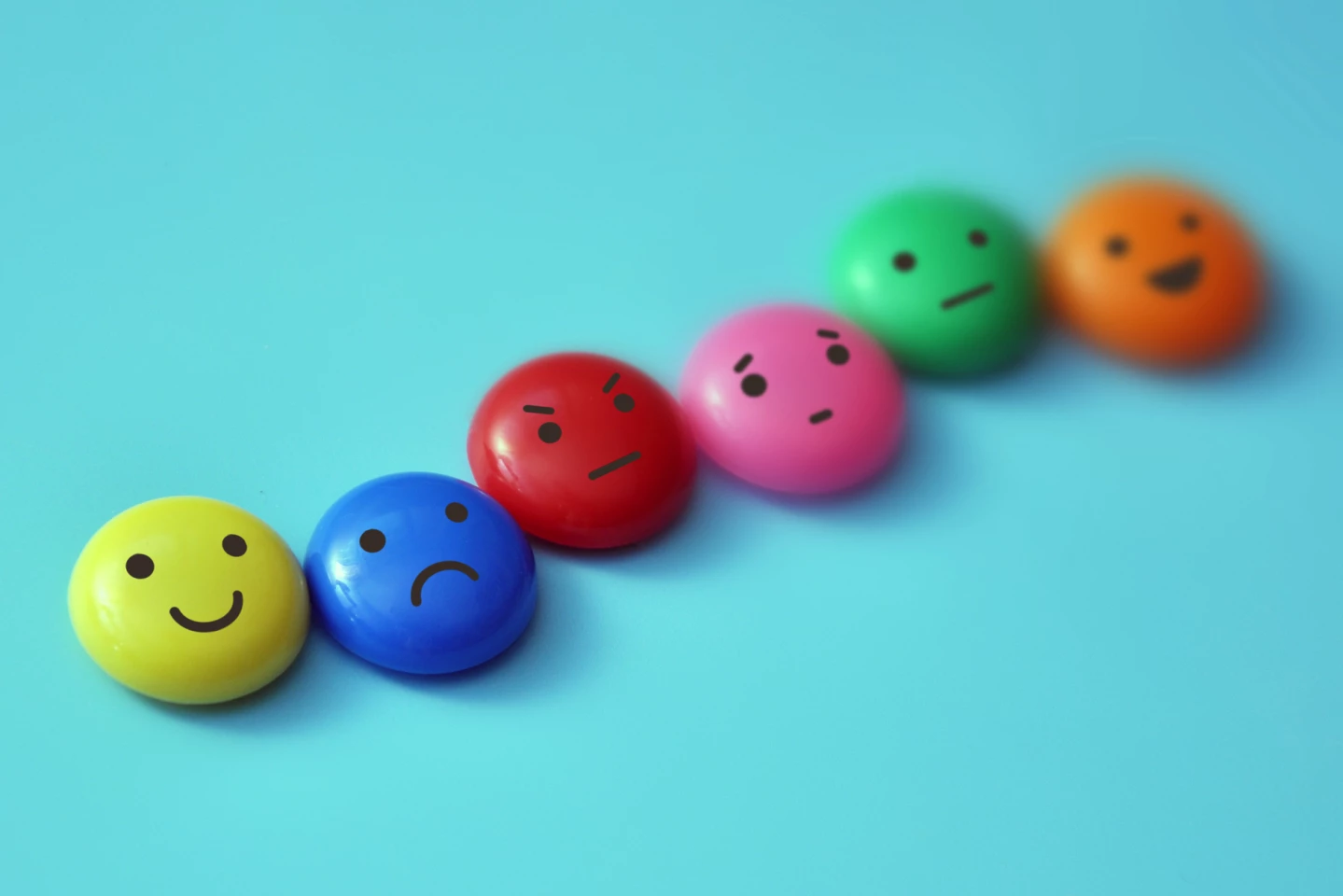A new study has challenged the long-held assumption that autistic people are emotionally stunted, finding that, in fact, people with autism experience complex emotions. It’s hoped these findings will lead to better therapy strategies for neurodivergent people.
Since autism was first described in the 1940s, it’s been assumed that a key feature of the condition is a blunted emotional response or an inability to describe emotions. And that’s often how autistic people are depicted in movies and on TV.
However, new research by Aaron Dallman, an assistant professor of occupational therapy at the Rutgers University School of Health Professions, has challenged these long-held assumptions about autistic people and emotions.
“What if everything we know about autism is wrong?” asked Dallman. “We spend all this time problematizing autism rather than doing the work to understand what it’s like to be autistic. The popular idea that autistic people don’t have rich, emotional lives is simply not true.”
Dallman approached his research from the perspective that differences in neurological processes – or neurodivergence – like those seen in autistic people should be celebrated as natural parts of human variation, not stifled. The study’s aims were twofold: one, to explore how young autistic adults described their emotions, and two, to suggest ways of improving affective contact, the ability to form relations with others on an emotional level, between autistic people and their therapists.
He recruited 24 people with a self-reported diagnosis of autism spectrum disorder, nine males, nine females, and nine nonbinary individuals, to participate in one of six Zoom focus group interviews to discuss their emotional experiences. The average age of participants was 28 and Zoom software was used to AI-generate a transcript of each interview, which was anonymized. The data was then coded and analyzed using interpretive phenomenological analysis (IPA), a qualitative research methodology that explores how individuals make sense of their experiences.

Two themes emerged from the data: that autistic people experience complex emotions, and that their emotions are often mismeasured and misunderstood. Participants described a range of positive affect emotions, including calmness, enjoyment, and euphoria, and negative affect emotions, including feelings of anger, depression, and frustration. Often, these emotions, whether positive or negative, were ‘embodied’ or felt in the participants’ bodies.
“Usually I get, I get very, very, like, I feel kind of a weight on my shoulders [and] on my chest and like, like, heavier than normal, um, and then my brain will get kind of foggy,” is how one participant described their experience of embodied emotion.
The participants reported overwhelmingly that traditional measures of emotion didn’t adequately capture their emotional experiences and that subjective scales used to rate ‘happiness’ and ‘sadness’ failed to adequately characterize the depth of their emotions.
“I understand the necessity for applying categorical labels for emotions such as ‘happy’ or ‘sad,’ but I also know that the experience is much more complex than just the feelings associated with these words,” a participant responded during the study. “I’d say that there are different shades of happiness, as well as different shades of sadness.”
All participants reported that affective contact with nonautistic people was particularly challenging because their emotional expressions tended to be misinterpreted by those who are neurotypical.
“I’ve had people say, like, ‘Wow, you look really happy right now’ when I’m just kind of chilling out,” a participant reported. “I’m not sure what about me looks extremely happy, and then I’ve had people think I was much [more] angry at them than I actually am.”
Said another participant, “Because I know for neurotypical [people], that this is a pretty natural thing they understand that they’re supposed to smile when they’re happy. But that’s something that took me quite a few years of therapy and training to understand.”
Some participants reported feeling guilt when communication between themselves and a nonautistic person broke down. This can be problematic, Dallman points out, because it can cause autistic people to ‘mask’ or suppress their natural expression to avoid autism stigma.

“Participants’ descriptions of feeling guilt implies a sense of social responsibility on the part of the autistic person to make nonautistic people understand their emotions during social interactions,” he said. “This may explain the alarming rates of autistic masking.”
Research has shown that masking by autistic people is linked to mental health comorbidities, including depression.
Just want to take a quick diversion to comment about the participants having self-reported their autism diagnosis. Self-reporting a medical diagnosis is regarded with skepticism by some who labor under the (usually wrong) belief that a person does this as a way of justifying their behavior. “I can do/say that because I have self-diagnosed [insert condition here]”, for example. The reality is that people, especially those in marginalized groups, may not have access to a doctor to obtain a formal diagnosis or may not feel comfortable seeking out a medical diagnosis due to stigma or discrimination.
Dallman hopes his findings will lead to new therapy strategies for autistic people that level the communication playing field, making it less biased towards neurotypical people.
“These communication interventions should focus on improving bidirectional communication for both autistic and nonautistic people and must not focus solely on teaching an autistic person about neurotypical communication needs,” said Dallman. “Certainly, a necessary and important component of these interventions will include fostering self-advocacy among autistic people, which should equip them with the skills to advocate for their communication preferences.”
The study was published in the American Journal of Occupational Therapy.
Source: Rutgers University







